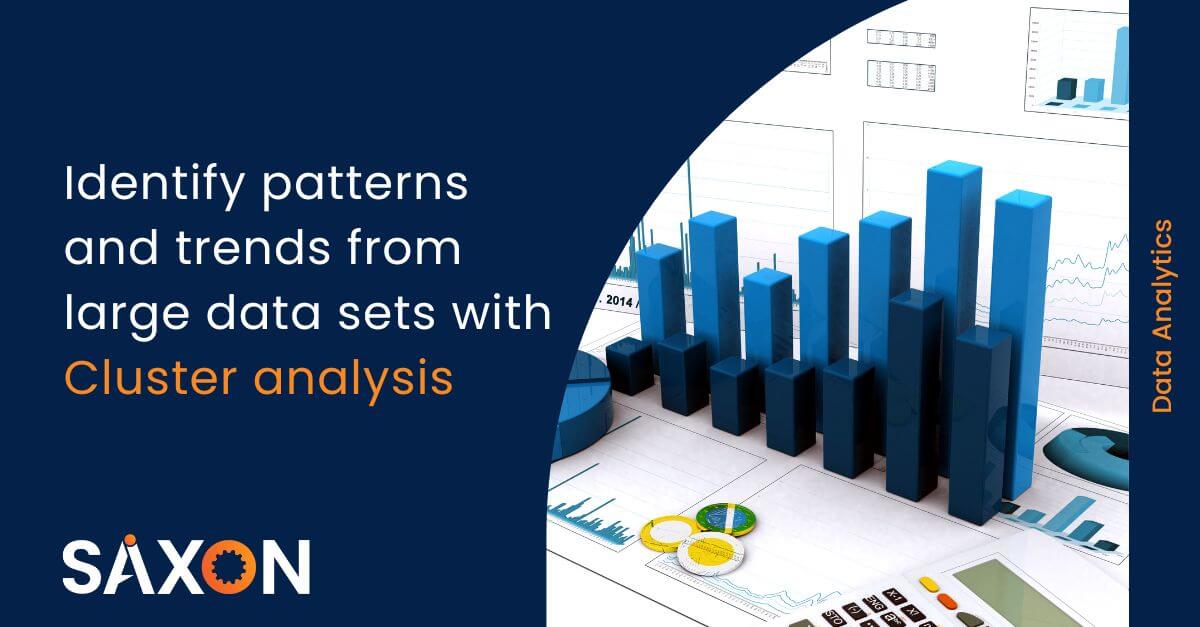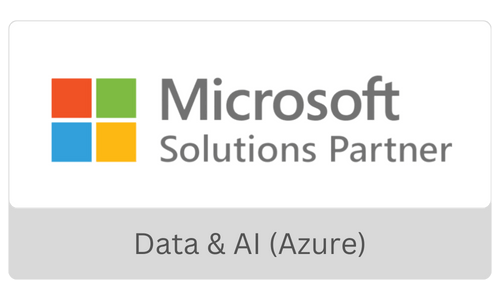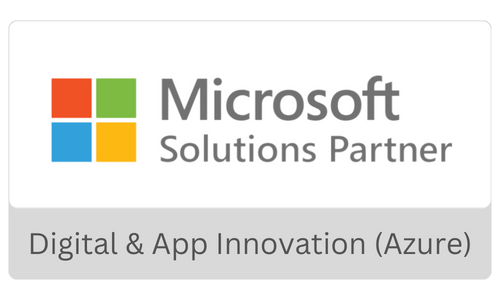We know data is the most valuable asset that any organization can have. But that becomes true only when you can extract insights from the data and convert it into impactful actions for ultimate business benefit. Statista reports that global data creation will grow by more than 180 zettabytes by 2025. Almost 80% of the data organizations generate are unstructured and semi-structured. What does all this have to do with cluster analysis?
Now, what should businesses do to tackle tons of data into insights/actions?
Enterprises should constantly look out and strategically plan on making the most of their data to gain a competitive edge. It starts with data generation, and the whole process becomes a lot easier if you can organize the data efficiently. This is where you need cluster analysis or segmentation analysis.
Cluster analysis helps you categorize objects within the data by identifying similarities and differences between them. This is a preprocessing step that identifies useful patterns in data for further analysis and interpretation. It looks for and analyzes patterns in data samples before categorizing them. Thus, It can reduce the dimensionality which is the number of attributes of datasets by grouping similar items together. Furthermore, it helps simplify the process and improves the efficiency of the analysis.
Identifying patterns in data leads to new opportunities, and businesses are increasingly adopting segmentation analysis as a powerful tool to help them make impactful business decisions. Let’s explore more.
What is cluster analysis?
It is a data analysis technique that identifies hidden relationships in massive amounts of data without elaborating on their relationships. The data structure is a multidimensional map, with groups of entities forming different clusters. It assists you in categorizing the given entities into natural groups. The degree to which these entities associate is most significant when they belong to the same group and least when they do not.
In data mining, cluster algorithms are depicted as a heatmap, with items close together have similar values and those far apart having very different values. It makes it simple to identify elements that stand out from the rest of the dataset as outliers.
Pre-requisites for cluster analysis:
Some of the criteria that clustering should meet in the data mining process are as follows:
- Manage various attributes – A single segmentation analysis algorithm may be applied to multiple data sets with different characteristics. It is good to have a flexible clustering algorithm that handles multiple attributes such as binary, numerical, and categorical data.
- Differentiate noise – Datasets may sometimes contain irrelevant, missing, or noisy data. Several algorithms are sensitive to such information and may produce poor results.
- Determine cluster shapes – The cluster analysis technique should be able to detect any cluster. They should be able to measure distances between spherical clusters of varying sizes.
- Scalability – When dealing with large datasets, you need a highly scalable algorithm.
- Dimensionality – Some datasets are low in dimension, while others are high in dimension. The algorithm must be capable of dealing with both types of dimensionalities.
- Interpretability – The clustering algorithm’s output must be simple to interpret and comprehend. Furthermore, developing new clustering algorithms for each data analysis is impossible. As a result, having an algorithm that is reusable to some extent is advantageous.
Applications of cluster analysis:
For any organization that needs to identify discrete groups of customers, sales transactions, or other behaviors, It is a powerful data-mining tool. Here are a few use cases where you can apply segmentation analysis.
Marketing Segmentation – Instead of having homogeneous groups of consumers, cluster analysis techniques assist marketers and businesses in segmenting their target audience into distinct segments with similar interests and characteristics. This allows businesses to strategically target their products and services to those looking for them.
Identifying New Opportunities – Segmentation analysis can identify similar services or products for brands and products in competitive markets. It also helps with market research, pattern recognition, data analysis, and image processing, all of which can help improve business decisions. With these findings, businesses can assess their current growth compared to their competitors and identify the potential of new products.
Data Reduction – Cluster analysis can find trends and patterns that lie covered within large data. Data reduction, an undirected technique, can find hidden patterns in large amounts of data without forming a specific hypothesis.
Personalized Suggestions – Have you come across Netflix must-watch alerts? I am sure you must have. Do you know how they conclude what movies you like? Cluster analysis is the tool behind that. It allows recommendation engines to understand your preferences and provide you with something relevant from different genre clusters.
Social Media Analysis – Social media platforms such as Facebook and Instagram use cluster analysis to group people with similar interests and backgrounds. This allows them to show similar feeds to those with the same interest.
Easy Operation – Cluster analysis assists in dividing a large complex dataset into smaller parts and performing efficient operations. For example, you can improve logistic regression results by running operations on smaller clusters that behave differently and have different distributions.
Limitations of Segmentation Analysis:
The most significant disadvantage of cluster analysis is that “clustering” is too broad. There are various methods for categorizing data. As a result, different methods of clustering produce different results. This occurs because different grouping methods have different criteria. Furthermore, there are many cases where you need clarification on whether the chosen technique applies to the given problem. As a result, another limitation is that there are only a few ways to validate the results.
Two standard methods of validation are internal validation and external validation. Internal validation is based on compactness, connectivity, and separation. In external validation, you apply the already determined algorithm to the same data set to verify the outcome.
Despite the limitations, cluster analysis is still an excellent tool for you to find patterns and trends. When you apply the technique, you have to be sure where you are applying it and the accuracy level it provides for the type of data set you to use to gain the maximum accuracy.
Get started!
At SAXON, we help organizations find perfect solution for their challenges with our diverse and expert team. Have a use case? You are just a step away from experiencing a competitive edge over others. To get started, get in touch with us now.
















